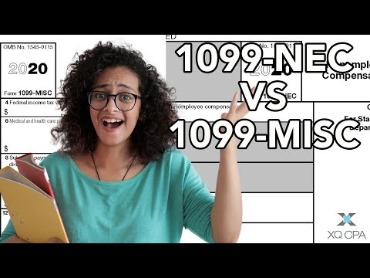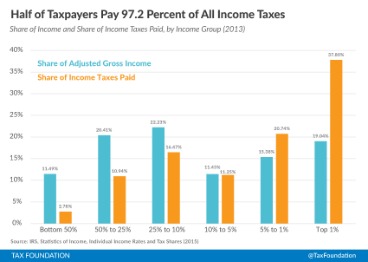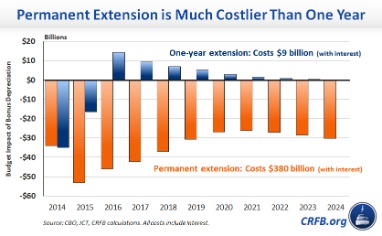14 5 Stock Compensation Plans Intermediate Financial Accounting 2
Content

We believe that the case for expensing https://intuit-payroll.org/ is overwhelming, and in the following pages we examine and dismiss the principal claims put forward by those who continue to oppose it. We then discuss just how firms might go about reporting the cost of options on their income statements and balance sheets. For example, if a company had historically granted share options that were always in-the-money, and will grant at-the-money options prospectively, the exercise behavior related to the in-the-money options may not be sufficient as the sole basis to form the estimate of expected term for the at-the-money grants. Determining whether an adjustment to the observable market price is necessary, and if so, the magnitude of any adjustment, requires significant judgment. The staff acknowledges that companies generally possess non-public information when entering into share-based payment transactions. Company B should synchronize the variables used to derive implied volatility. For example, to the extent reasonably practicable, Company B should use market prices of the traded options and its shares measured at the same point in time.
Is ESOP considered income?
If an ESOP pays dividends directly to participants, those dividends are not subject to the excise tax of early distributions. They are also exempt from income tax withholding — but dividend payments are fully taxable.
The fact that the market vesting condition (i.e. target share price) is not met does not impact the recognition of share based payment arrangement. It was taken into account when estimating the fair value of share options at grant date.
What’s the change?
Company grants a total of 100 share options to 10 members of its executive management team on 1 January 20X5. The company has determined that each option has a fair value at the date of grant equal to 15. The company expects that all 100 options will vest and therefore records the following entry at 30 June 20X5 – the end of its first six-month interim reporting period. It is often the case that the acquiring company replaces awards in place at the target company . IFRS 3 has specific requirements on accounting for such replacements (IFRS 3.B56-B62B). The fair value of the original awards is split between consideration transferred and post-acquisition P/L based on percentage of vesting period completed, whereas this percentage is calculated based on both original and modified terms and the lower percentage is attributed to consideration transferred. The difference between the fair value of replacement awards and the amount attributed to consideration transferred is treated as a post-combination service expense and accounted for using general IFRS 2 requirements.

The staff believes the implied volatility derived from a traded option with a term of one year or greater would typically not be significantly different from the implied volatility that would be derived from a traded option with a significantly longer term. Ariel Ltd, a listed company, provides a limited-recourse loan of $1m to a key employee, which the employee must use to buy 200,000 shares at $5 each.
Related Services
A modification to the Changes To Accounting For Employee Share s of the award may be made after the grant date, such as a repricing or a change in vesting period. For example, the fair value of an equity-classified share-based compensation award with a service condition is determined on the grant date and then is typically recognized as expense over the remaining service or vesting period.
What is the accounting advantage associated with ESOPs?
Employees are not taxed on the contributions received. Similar to a standard retirement account, individual employees only have to pay tax on the ESOP when they ultimately withdraw the money after retiring. Additionally, stock contributions are tax-deductible as are contributions used to repay the ESOP loans.
An expense where goods/services being acquired for such issue do not qualify to be treated as an asset. Early adoption is permitted for any entity in any interim or annual period as long as all amendments are adopted in the same period. If an entity early adopts in an interim period, any adjustments should be reflected as of the beginning of the fiscal year that includes the interim period. We can assist with the entire ESPP development lifecycle, from upfront design to downstream accounting. Then there’s keeping up with the numerous modifications available through an ESPP program. These include percent contribution changes and rollovers, both of which trigger ASC 718 modification accounting. This includes tracking activity such as enrollments, purchases, and terminations.
Share This Book
The transaction is said to be optionally equity or cash settled, if either the entity or the counterparty has the option of settling it either in equity, or cash. An entity may withhold a number of shares for income taxes in an amount up to the employees’ maximum individual income tax rate in the applicable jurisdictions. Exercise date is the day the options are used to buy shares at the specified exercise price. Stock options are valued under the rules of Generally Accepted Accounting Principles at fair market value. That is easy if the options are traded on an exchange; you can just look up the price.

In practice, many analysts actually ignore the stock based compensation expense entirely when calculating EPSor when calculating EBITDAor when valuing companies. We discuss the wisdom of these approaches separately in those individual articles. For transactions where fair value of goods or services is measured with reference to instruments issued entities need to measure fair value of two components. Such measurement starts with debt component (i.e. cash alternative), then the fair value of the equity component is measured taking into account that the counterparty will not receive cash in order to receive the equity instrument. On 1 January 20X1, Entity A promises to grant 100 shares to each of its 200 employees if the share price will exceed $10 at 31 December 20X2 or 150 shares if the share price will exceed $15 at that date. In order to receive shares, employees must still be employed by Entity A at 31 December 20X2. Fair value of one share with a market vesting condition of a target price at $10 is $7 and it drops to $4 with a target price at $15.
The example cited in SAB 107 involves at-the-money option grants that are subject to a standard employment based vesting schedule, exerciseable for a limited period of time after termination of employment, and non-transferable and non-hedgeable. The fair value of the award under IFRS 2 must be determined for each award at the grant date. Depending upon classification as either equity-settled or cash-settled, this valuation may need to be remeasured each reporting period and at settlement. Employee share options are not subsequently revalued for changes in any of the factors impacting their initial measurement. As the option is earned in the periods in which the employee performs the service , compensation expense is recorded for the proportionate amount of the fair value of the option. The staff believes implied volatility derived from embedded options can be utilized in determining expected volatility if, in deriving the implied volatility, the company considers all relevant features of the instruments (e.g., value of the host instrument, value of the option, etc.).
IFRS 2 Share-based Payment requires an entity to recognise share-based payment transactions in its financial statements, including transactions with employees or other parties to be settled in cash, other assets, or equity instruments of the entity. Specific requirements are included for equity-settled and cash-settled share-based payment transactions, as well as those where the entity or supplier has a choice of cash or equity instruments. If a grant of equity instruments is cancelled or settled during the vesting period, it should be accounted as an acceleration of vesting and immediate recognition of expenses. Any payment made by the entity on the cancellation or settlement is treated as a deduction from equity, except to the extent that the payment exceeds the fair value of the equity instruments granted, measured at the repurchase date – such an excess is recognised as an expense. The requirements for treatment of vesting conditions in equity settled share-based payment transactions are summarised in a decision tree below, more discussion follows. For cash-settled share-based payment transactions, see a separate section below. Para 12 provides that the fair value of goods/services received in lieu of equity instruments may be difficult to measure, particularly in case of employee stock options.
With expertise in the areas of real estate, construction, technology, nonprofit, emerging business, international, family wealth & individual, recreation and entertainment, and renewable energy. San Jose CPA – Silicon Valley CPA. Regretfully, we are unable to refund payments made through our online processing system. Your company will need to make a determination as to the timing of their adoption of this new ASU.

Nexia International Limited does not accept any responsibility for the commission of any act, or omission to act by, or the liabilities of, any of its members. — While the ASU does not address this point, we believe a change to an outstanding award to allow the use of the exception will be accounted for as a modification.